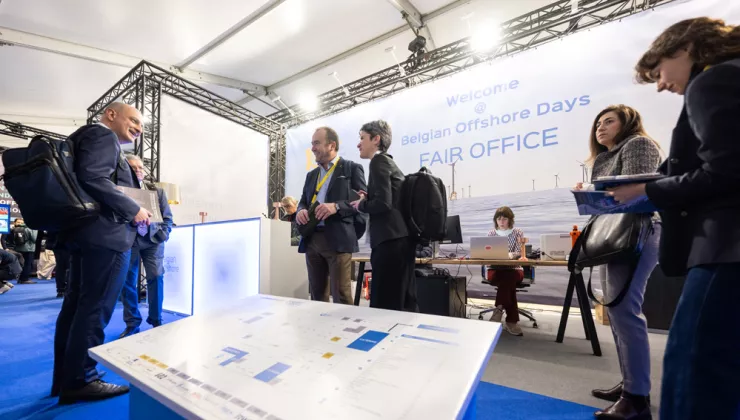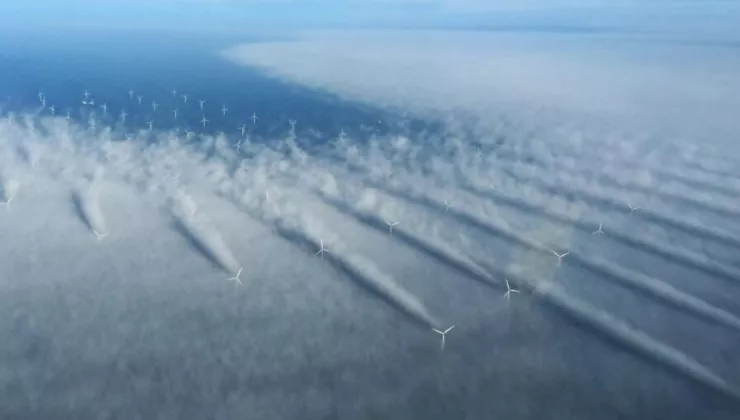CoastBusters: a unique test location off the Belgian coast
The Coastbusters 2.0 project is aimed at the development of biogenic reefs in the coastal area by means of techniques used in the aquaculture sector. Such biogenic reefs protect our coastal area by limiting erosion and stabilising the local seabed.
In addition, these reefs enhance the biodiversity and provide various ecosystem services (water quality regulation, feeding ground and nursery for fish, and carbon capture) off the North Sea coast.
Monitoring
An important aspect of the ongoing research project is aimed at smart, innovative and intensive monitoring. Complex ecological processes are mapped on the basis of a scientific measurement programme.
Monitoring within the scope of this nature-based solution is also intended to continuously observe, evaluate, maintain and optimise the initial design. To this end, both standard and new innovative measurement techniques are utilised.
This way, the scientific and industrial partners try – each from their own perspective – to develop an integrated image of the most cost-efficient methods of optimising the monitoring and operation of biogenic reefs.
Background information
Coastbusters 2.0 is a project facilitated by Blue Cluster. The project partners are Dredging International, Jan De Nul, Sioen Industries, ILVO and Flanders Marine Institute (VLIZ) The project receives financial support from Flanders Innovation & Entrepreneurship (VLAIO).
The project and its successful pilot study off the coast of De Panne have been enthusiastically presented and received at several international conferences.
Results
Since the launch of the project, numerous measurements have been conducted, a large part of which has already been thoroughly analysed. This has resulted in several scientific publications. Below, you can find a brief explanation of two such publications.
A biological evaluation of an aquaculture technique as a nature-based solution
In this study, various biological aspects of the Nature-based Solution (NbS) setup were investigated: the suitability of the setup as a whole, the spread of biofouling organisms across the installation, and the spatio-temporal evolution of the mussel reef as well as its impact on the underlying benthic communities.
The aquaculture installation accommodated different mussel densities and sizes, which may have a different effect on the underlying mussel reef. The effect of the NbS setup on the macrofaunal communities remained limited during the study period.
This study demonstrates the implementation of a longline mussel aquaculture technique to create a subtidal mussel reef in an environment with soft sediment.
Learn more about the above study.
Study of the larval colonisation of artificial substrates for seabed stabilisation
At the low-tide mark, research is conducted into aiding colonisation by ecosystem engineering species Lanice conchilega (Pallas, 1766), which stabilises the sediments in the seabed, as a possible Nature-based Solution (NbS).
Efficient methods are required to screen a wide range of artificial substrates and measure their impact on currents and the colonisation by larvae with a view to enhancing this colonisation by means of artificial substrates in the field.
This study describes the development of innovative methods for screening artificial substrates by means of an optimised Recirculating Aquaculture System (RAS). Of the eight substrates evaluated, one turned out to significantly boost colonisation by L. conchilega.
The results of this study demonstrate that controlled laboratory conditions combined with innovative methods make successful screening of several types of substrate in a short time span possible.





